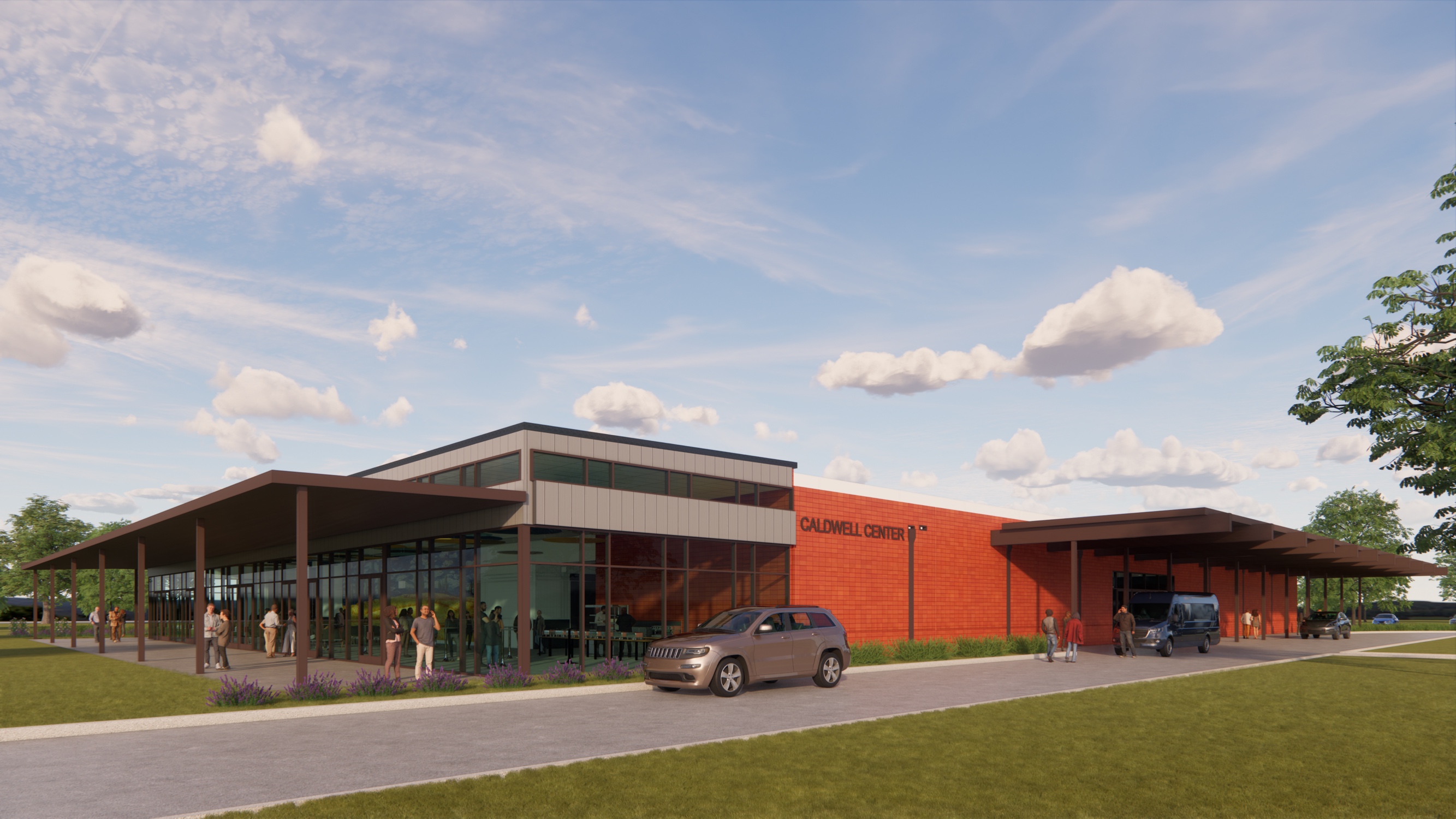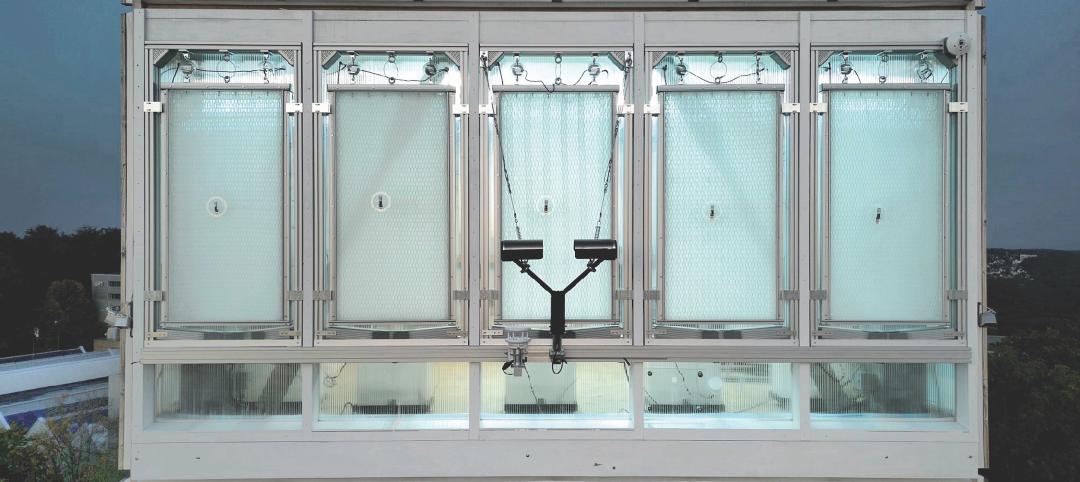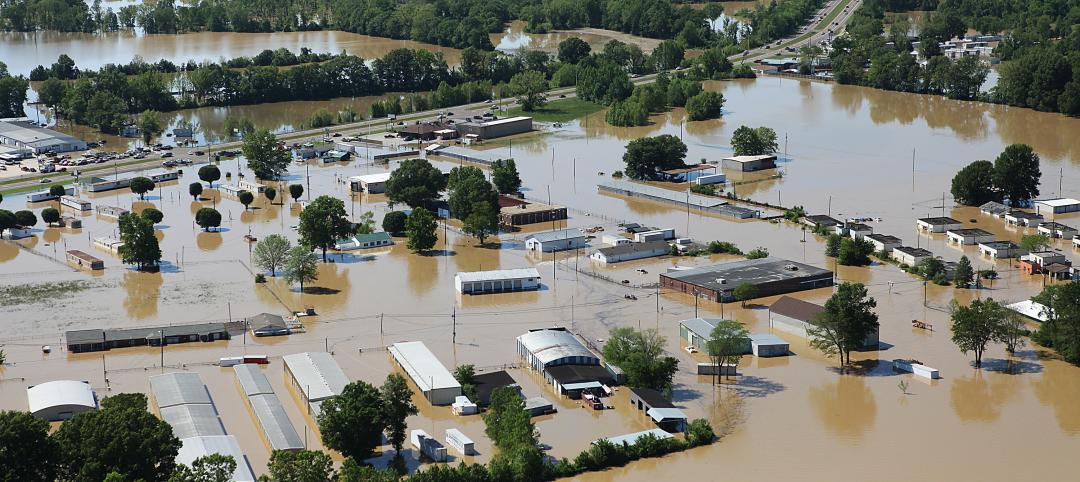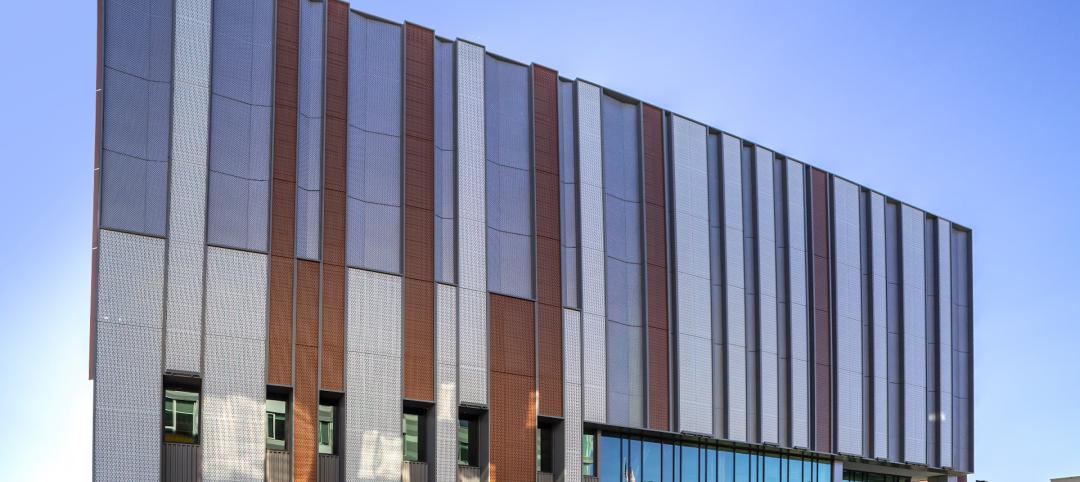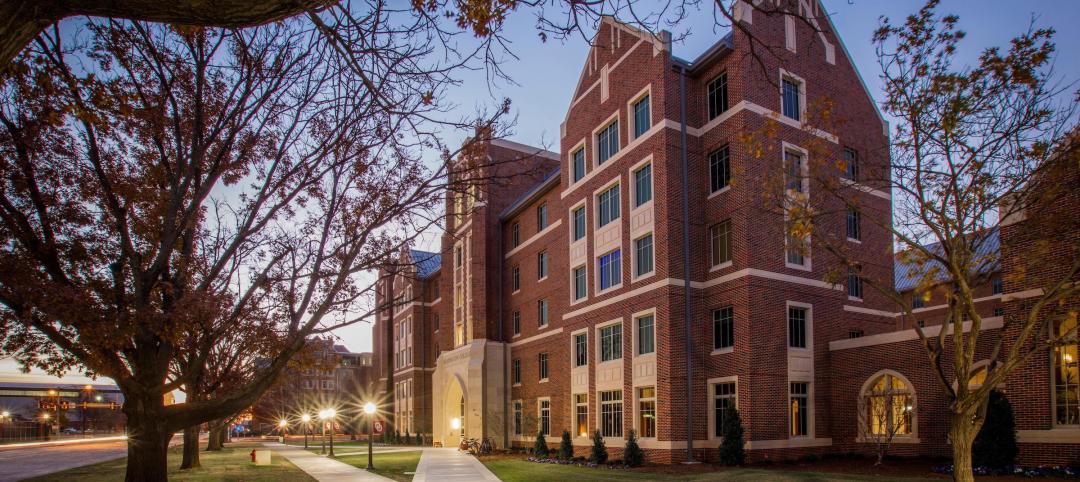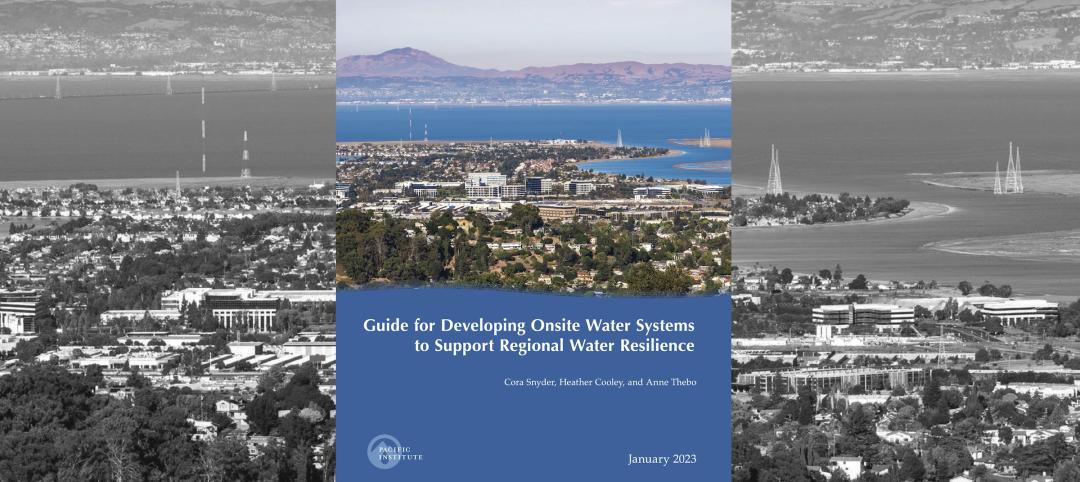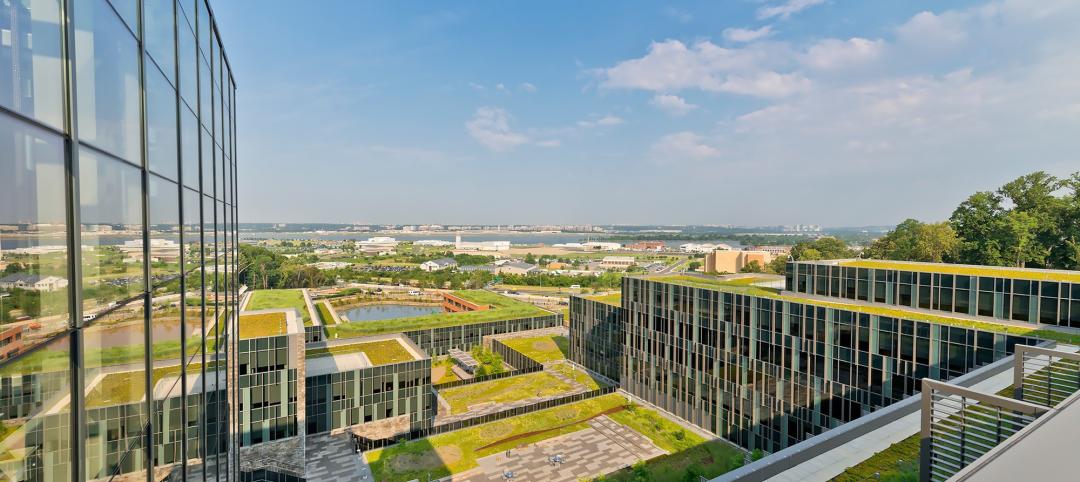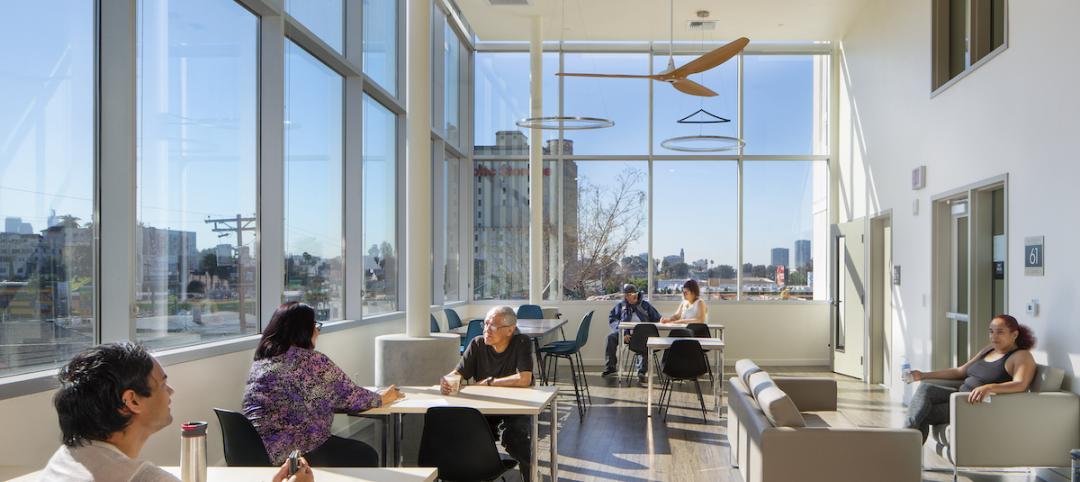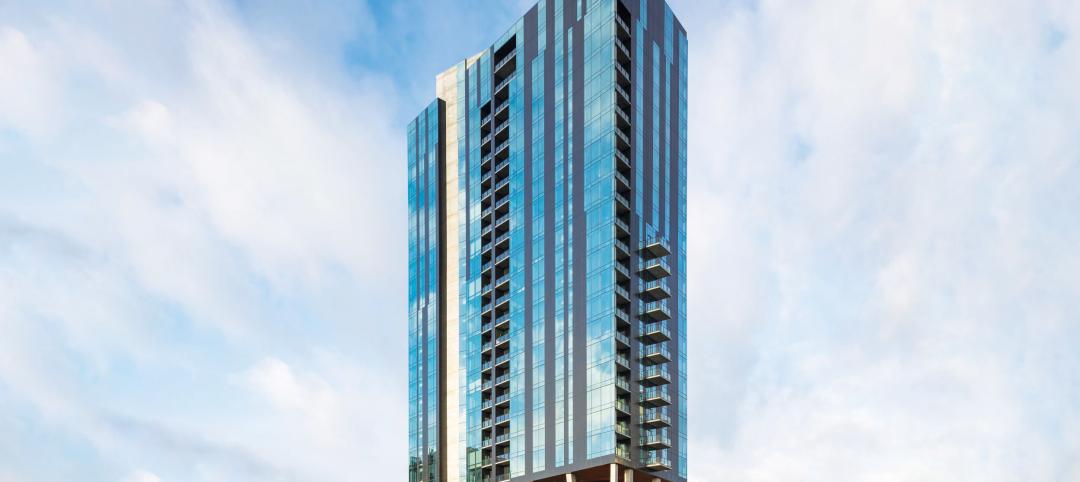A new 45,000 sf FEMA-operated evacuation shelter in the Greater Austin metropolitan area will begin construction this fall. The center will be available to house people in the event of a disaster such as a major hurricane and double as an events venue when not needed for emergency shelter.
The Caldwell County Evacuation Center will house up to 350 people comfortably within its main hall. Supply trucks can deliver necessities to the back of building which includes designated office space to accommodate FEMA operations and a warming kitchen where food will be served. Overlooking the sweeping natural landscape, an elevated outdoor patio and adjacent interior concourse will function as a breakout space for events and a provide outdoor connectivity for evacuees.
Warm tones and wood accents will be incorporated throughout to combat the stale environment often seen in evacuation shelters. Elevated fixtures and details will be included in the restrooms such as floor-to-ceiling partitions between each stall and individual shower rooms for an increased sense of privacy and space. Families seeking shelter with young children will also have three designated mothers’ rooms to choose from for nursing and pumping, as well as extra changing tables in both the women’s and men’s restrooms.
Extra charging outlets will be deployed in the corridors and common spaces to help decrease congestion in the main hall and encourage evacuees to explore alternative spaces with natural light and outdoor views. Acoustic measures in the ceiling and wall panels will be integrated to help mitigate noise throughout the building, not only for functional purposes but also to reduce overstimulation when the building is at capacity.
The facility is likely to host residents of coastal areas of the state during hurricane emergencies. Damaging hurricanes have become more common in Texas, with eight of the 10 most active years occurring since the mid-1990s. These storms have impacted thousands of coastal area residents. Hurricane Harvey, for example, displaced approximately 32,000 people in shelters across the state. Inland areas such as the Austin metroplex can provide temporary shelter for these residents.
Owner and/or developer: County of Caldwell
Design architect: Method Architecture
Architect of Record: Method Architecture
MEP Engineer: IMEG
Civil Engineer: Doucet, a Kleinfelder Company
Structural Engineer: IMEG
Landscape Architect: Coleman & Associates
Grant Administrator: Langford Community Management Services
General Contractor: N/A
Related Stories
Cladding and Facade Systems | Apr 5, 2023
Façade innovation: University of Stuttgart tests a ‘saturated building skin’ for lessening heat islands
HydroSKIN is a façade made with textiles that stores rainwater and uses it later to cool hot building exteriors. The façade innovation consists of an external, multilayered 3D textile that acts as a water collector and evaporator.
Resiliency | Apr 4, 2023
New bill would limit housing sprawl in fire- and flood-prone areas of California
A new bill in the California Assembly would limit housing sprawl in fire- and flood-prone areas across the state. For the last several decades, new housing has spread to more remote areas of the Golden State.
Sponsored | Cladding and Facade Systems | Mar 15, 2023
Metal cladding trends and innovations
Metal cladding is on a growth trajectory globally. This is reflected in rising demand for rainscreen cladding and architectural metal coatings. This course covers the latest trends and innovations in the metal cladding market.
Student Housing | Mar 13, 2023
University of Oklahoma, Missouri S&T add storm-safe spaces in student housing buildings for tornado protection
More universities are incorporating reinforced rooms in student housing designs to provide an extra layer of protection for students. Storm shelters have been included in recent KWK Architects-designed university projects in the Great Plains where there is a high incidence of tornadoes. Projects include Headington and Dunham Residential Colleges at the University of Oklahoma and the University Commons residential complex at Missouri S&T.
Seismic Design | Feb 27, 2023
Turkey earthquakes provide lessons for California
Two recent deadly earthquakes in Turkey and Syria offer lessons regarding construction practices and codes for California. Lax building standards were blamed for much of the devastation, including well over 35,000 dead and countless building collapses.
Sustainability | Feb 9, 2023
New guide for planning, designing, and operating onsite water reuse systems
The Pacific Institute, a global nonpartisan water think tank, has released guidance for developers to plan, design, and operate onsite water reuse systems. The Guide for Developing Onsite Water Systems to Support Regional Water Resilience advances circular, localized approaches to managing water that reduce a site’s water footprint, improve its resilience to water shortage or other disruptions, and provide benefits for local communities and regional water systems.
Concrete | Jan 24, 2023
Researchers investigate ancient Roman concrete to make durable, lower carbon mortar
Researchers have turned to an ancient Roman concrete recipe to develop more durable concrete that lasts for centuries and can potentially reduce the carbon impact of the built environment.
Sustainability | Jan 23, 2023
How regenerative design is driving AEC industry innovation
HOK's Sean Quinn and Microsoft's JoAnn Garbin discuss the next step of sustainability: regenerative design.
Multifamily Housing | Jan 19, 2023
Editorial call for Multifamily Affordable Housing project case studies - no cost to submit!
Building Design+Construction will feature a roundup of "Multifamily Affordable Housing" projects on BDCnetwork.com.
Products and Materials | Jan 18, 2023
6 innovative products for multifamily developments
Here are six innovative products for various multifamily developments, including a condominium-wide smart electrical system, heavy-duty aluminum doors, and prefabricated panels.


